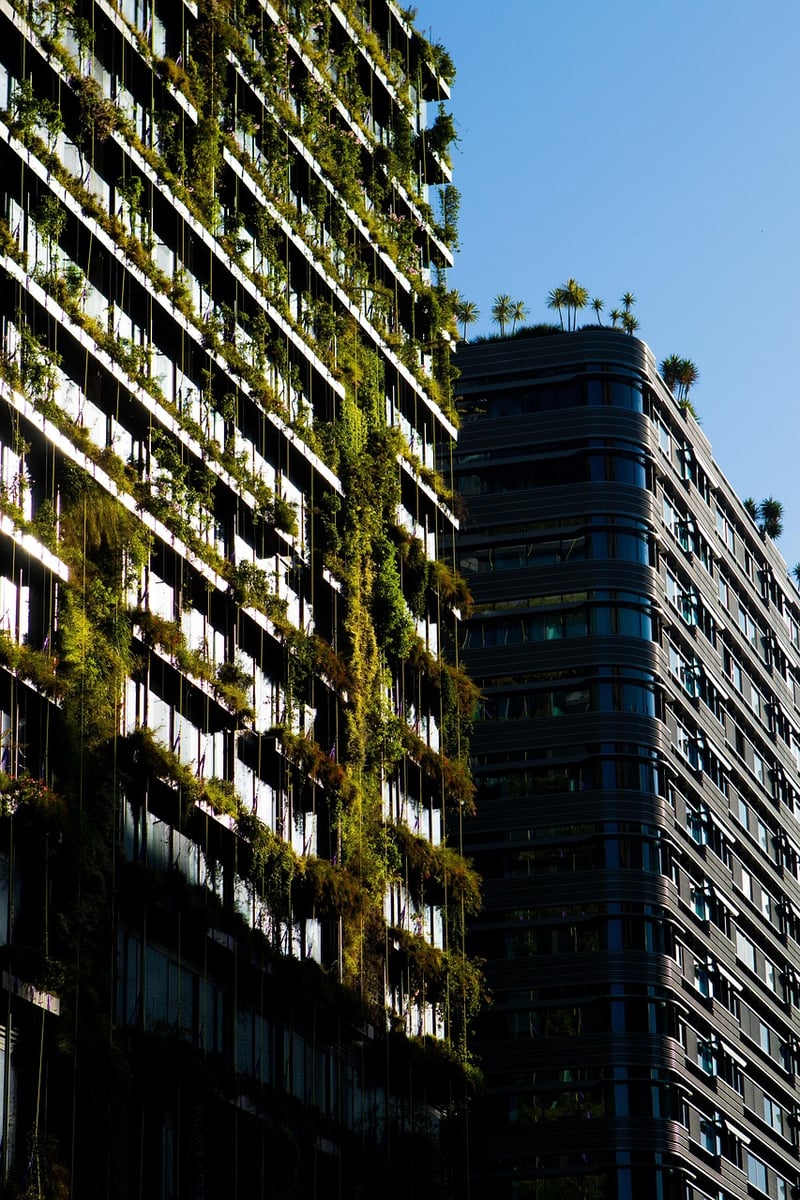Light requirements
Keeping Your Vertical Garden Healthy: Light Requirements
Introduction
Welcome to our guide on maintaining a healthy vertical garden by understanding the light requirements of your plants. Proper lighting is essential for the growth and vitality of your vertical garden, so let's dive into some key considerations.
Understanding Light Needs
Plants have varying light requirements based on their species. It's crucial to group plants with similar light needs together in your vertical garden to ensure they thrive. Here are the three main categories of light requirements:
- Full Sun: Plants that require at least 6 hours of direct sunlight per day.
- Part Sun/Part Shade: Plants that need 3-6 hours of sunlight daily.
- Full Shade: Plants that thrive in minimal or indirect sunlight.
Placement Tips
When setting up your vertical garden, consider the following placement tips to meet your plants' light needs:
- Place sun-loving plants like herbs and succulents on the top tiers where they can receive maximum sunlight.
- Shade-tolerant plants such as ferns and peace lilies are ideal for lower tiers or areas with less direct light.
- Rotate your vertical garden periodically to ensure all plants receive adequate light exposure.
Monitoring Light Levels
It's essential to monitor light levels in your vertical garden to ensure optimal growth. Here are some ways to assess light conditions:
- Use a light meter to measure light intensity at different levels of your garden.
- Observe plant behavior - leggy growth or yellowing leaves can indicate insufficient light.
Conclusion
By understanding and catering to the light requirements of your plants, you can maintain a vibrant and healthy vertical garden. Remember to regularly assess light levels and adjust plant placement as needed to ensure their well-being.

For more tips on vertical gardening and plant care, stay tuned for our upcoming articles!
